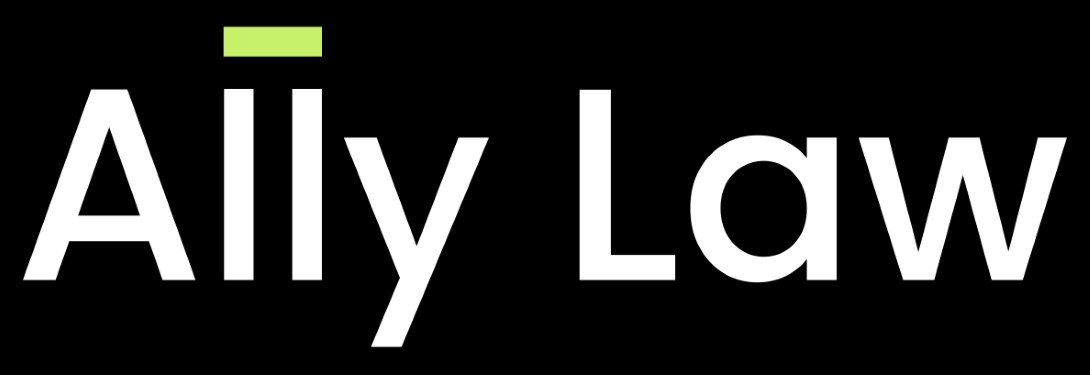By Alex Liu
Hong Kong, 26 August 2024: A landmark High Court ruling has placed the government on a firm legal footing as it cracks down on unauthorised building works (UBWs) at upmarket residential developments. It also serves as a reminder to homeowners to comply with official removal orders, no matter how long any such renovations may have existed or whether they are considered structurally safe.
The judgment concerns demolition orders handed out by the Building Authority in 2018 and 2019 to 876 flats at Braemar Hill Mansions, a private estate in North Point, over illegal structures attached to external walls next to the kitchens. The structures were created by building a floor slab over an unenclosed drying space, thus enclosing the area.
Around 95% of homes on the estate had been altered in this fashion since it was built in 1978. Yet the renovations were considered “unauthorised” because they were done without prior approval from the Building Authority in contravention of section 14 of the Buildings Ordinance (Cap 123). Further, section 24(1) empowers the Building Authority to issue an order requiring demolition of structures, while section 24(3) enables the body to carry out the demolition itself if the owner fails to comply.
Among the owners of the 876 flats, 555 took their cases to the Buildings Appeal Tribunal in 2021, but the appeals were dismissed. Undeterred, 489 of them applied for a judicial review, which was heard by the Honourable Mr Justice Russell Coleman in the Court of First Instance.
The court was told this latest episode was the third enforcement action at the estate by the government. The first attempt started around 1978, shortly after the estate was occupied, by which time the number of UBWs stood at about 239, representing some 25% of the residences. At least 224 demolition orders were issued, causing owners to engage an engineering and architecture firm, Wong & Ouyang, to carry out structural investigations and negotiate with the Building Authority.
After a lengthy process, during which Wong & Ouyang concluded 236 of the UBWs were structurally safe while three were demolished by the owners, the Building Authority withdrew all 224 orders.
Running in parallel to these negotiations, there was a discussion with the Crown Land & Survey Office (CLSO) since the enclosed drying spaces led to each flat having an extra gross floor area in contravention of the government lease granted to the estate. The CLSO offered owners the option of paying a premium to modify the lease and prevent enforcement action. For reasons unknown, this offer was not taken up.
The second action happened in 1991 against just two flats, by which time the number with UBWs had almost doubled to 435, some 47% of homes on the estate. In a ruling issued in 1993, the Buildings Appeal Tribunal allowed the two owners to keep the structures to maintain fairness with other owners whose flats had been altered. The Tribunal emphasised that the works were illegal but declined to speculate whether there would be any future enforcement action against the two flats or any others. It also stressed the uniqueness of the two appeals in case anyone would think that the decision were to set any sort of precedent.
Highlighting these previous proceedings, the homeowners in the judicial review argued that the “action and inaction” of the Building Authority – and, to some extent, the CLSO – had given rise to the “legitimate expectation” that they should be allowed to retain the UBWs as long as they remained structurally safe.
But Mr Justice Coleman disagreed, pointing out that asking the Building Authority to refrain from taking enforcement action would “suspend the consequence of non-compliance”. He added: “Ordinary home-users would care very little whether their structure is designated as authorised or unauthorised under the Buildings Ordinance as long as they know the [Building Authority] would not take action against them.”
The judge said the court was not bound by the 1993 Tribunal decision and it would be “dangerous” to view that outcome as meaning someone could have legitimate expectation that their own unauthorised structure would be tolerated. Further, he was certain that the Tribunal did not intend for its decision to serve as encouragement for further UBWs at the estate. Concluding his judgment, Mr Justice Coleman ordered the homeowners to pay the Building Authority’s legal costs.
The High Court ruling is pertinent given the government’s crackdown on illegal structures at luxury developments following the Redhill Peninsular landslide almost a year ago. That incident, which followed record rainfall, exposed illegal structures at dozens of properties, causing the government to issue 72 removal orders. The Development Bureau says “substantive progress” has been made on 42 of these, while many others are being heard by the Buildings Appeal Tribunal. Action has also been taken against owners of upscale homes in Kowloon and the New Territories.
Clearly, the dramatic nature of the Redhill landslide and attendant publicity as made UBWs a hot-button issue for the authorities. After years of lethargy, enforcement actions are now a priority. Those owners of homes with UBWs can expect to face the consequences sooner rather than later.
As we have stressed before, it is the responsibility of homeowners to comply with building regulations. If in doubt, they should seek professional advice. Here at BC&C, we have considerable experience in property ownership and building management issues and are ready to help.
Alex Liu is Managing Partner of BC&C. He was Chairman of the Appeal Tribunal Panel (Buildings Ordinance) for nine years until 2018 and a frequent legal advisor on the TVB documentary series A Property a Day. His key areas of practice include commercial and corporate litigation, investigations by governmental bodies, and insolvency and debt restructuring. He can be contacted at alex@boasecohencollins.com.



